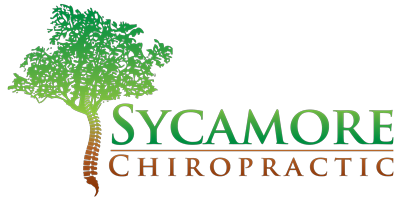
Dr. Craig Petersen is a board certified chiropractic physician in Laguna Hills who has over 23 years of experience treating sciatica and other nerve related problems. At Sycamore Chiropractic, we offer pain management plans to patients like you who live in South Orange County.
Chronic pain from the back or buttocks and down through your legs could be a symptom of sciatica. In order to relieve the pain of sciatica, many people search for a Laguna Hills chiropractor. However, many others never find a long term solution. If left untreated, sciatica can get worse until everyday activities are no longer an option. The goal of this article is to improve your knowledge of sciatica as well as show how chiropractic care at Sycamore Chiropractic can help you.
Sciatic Treatment in Laguna Hills
Sciatica, or sciatic neuralgia, is a condition which creates pain, starting in the lower back and continuing through the back of the leg to the foot. Extended periods of standing or sitting can be unbearably painful when dealing with sciatica. In addition it can cause weakness, tingling and numbness throughout the leg and foot. Generally sciatica shows up periodically throughout a person’s life with different levels of pain and discomfort. Regardless, sciatica requires immediate attention to avoid permanent nerve damage.
Compression of your sciatic nerve, the body’s longest nerve, is the reason why pain travels throughout the legs and back. Originating from the lumbar spine, and then extending into the buttocks and down the legs the sciatic nerve covers a wide range. When pinched by the compression of vertebrae in your lower back, the roots of the nerve are inflamed which causes the pain.
How Do You Develop Sciatica?
Numerous conditions can develop into sciatica. The most frequent factor is disc injuries and bulged discs. These are caused by the disc compressing on the nerve root. Disc injuries are the result of poor posture, continuous bending over, injury or accidents. Pregnancy, trauma or poor posture are effects of subluxations which is common for sciatica. Even simple tasks, like bending over to pick up something, have caused patients to endure intense pain. Unfortunately, it is probable that this spine condition has been progressing previous to the incident.
Sciatica Q&A
What is Sciatica?
Sciatica is the term given to a health condition that is characterized by the irritation and inflammation of the sciatic nerve. Being the largest and longest nerve in the human body, the sciatic nerve stretches from the base of the spine, down each leg and into the feet. When any part of the nerve becomes irritated, the effects can be felt in almost every area of the lower body. Sciatica is characterized by numbness and tingling along the length of the nerve, in addition to periods of intense pain when the nerve is highly irritated. Sciatica often occurs when the nerve becomes pinched or pressed between muscles or bones and the delicate myelin sheath is inflamed or irritated.
What are the Symptoms of a Pinched Nerve?
A pinched nerve is most often characterized by feelings of numbness and tingling. If a nerve becomes pressed between two muscles or other structures, its blood supply can diminish. This is what causes the “pins and needles” effect when a person’s arm or leg falls asleep. What is actually happening is the nerve is being deprived of much-needed oxygen and the impulses it sends to the brain begins to weaken. When blood flow is restored, the nerve comes awake and begins to send stronger messages. This can be extremely painful if the nerve has been without oxygen for a longer than normal period of time.
Does Exercise Help Manage Sciatica Pain?
Exercise and physical therapy can help to effectively manage the pain and discomfort of sciatica. Although it may not completely correct the problem, it will help to strengthen the muscles and connective tissues in the area and restore a more normal flow of blood. Exercise stretches and moves the muscles allowing the nerve to be moved as well. The more the muscle moves, the more flexible it is. Exercise helps to reduce inflammation and restores the blood flow that is needed for improved mobility. As the person becomes more mobile and circulation improves, the symptoms of sciatica may begin to decrease.

